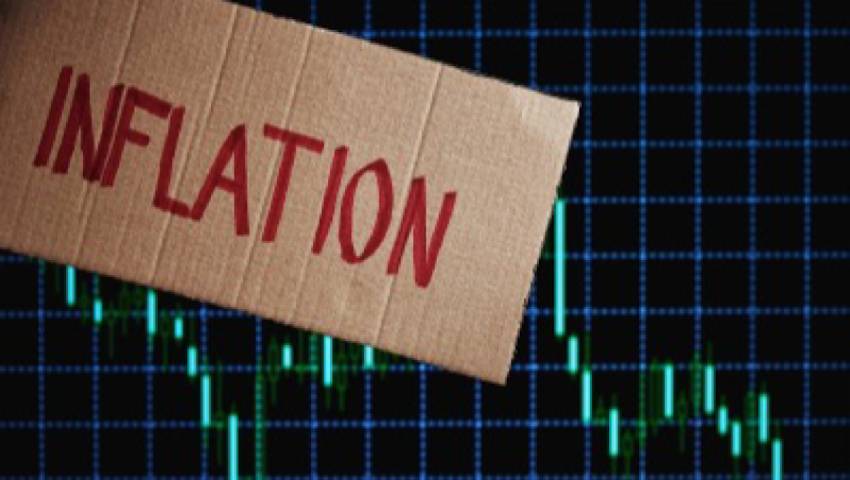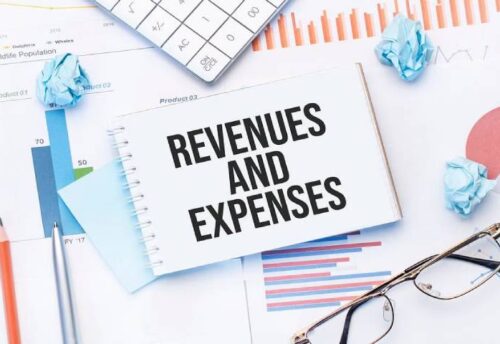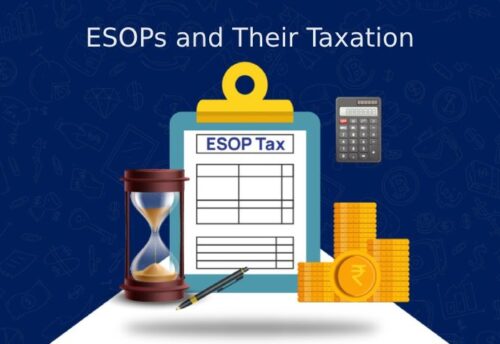
- 07/10/2024
- MyFinanceGyan
- 172 Views
- 4 Likes
- Finance, Investment
Inflationary Risk
Inflation Risk commonly refers to how the prices of goods and services increase more than expected. Inversely, such a situation results in the same amount of money, resulting in less purchasing power. Inflation Risk is also known as Purchasing Power Risk. An inflation risk premium is a subtle yet impactful force that can sway the stability of an individual’s or organization’s financial portfolio.
Understanding Inflationary Risk:
Inflationary risk refers to the risk that inflation will undermine the performance of an investment, the value of an asset, or the purchasing power of a stream of income. Looking at financial results without taking into account inflation is the nominal return. The value an investor should worry about is the purchasing power, referred to as the real return.
Inflation is a decline in the purchasing power of money over time, and failure to anticipate a change in inflation presents a risk that the realized return on an investment or the future value of an asset will be less than the expected value.
Any asset or income stream that is denominated in money is potentially vulnerable to inflationary risk because it will lose value in direct proportion to the decline in the purchasing power of money. Lending a fixed sum of money for later repayment is the classic example of an asset that is subject to inflationary risk because the money that is repaid may be worth significantly less than the money that was lent. Physical assets and equity are less sensitive to inflationary risk and may even benefit from unanticipated inflation.
For investors, bonds are considered most vulnerable to inflationary risk. Just as a moth can ruin a great wool sweater, inflation can destroy the net worth of a bond investor. And far too often, once a bond investor notices the problem with their investment, it is too late.
Most bonds receive a fixed coupon rate that doesn’t increase. Therefore, if an investor buys a 30-year bond that pays a Eight percent interest rate, but inflation skyrockets to 15%, the investor is in serious trouble. With each passing year, the bondholder loses more and more purchasing power, regardless of how safe they feel the investment is. For more updates, choose My Finance Gyan to stay ahead with inflation protection strategies.
How To Mitigate?
Let us now discuss a few ways through which inflation risk bonds can be mitigated through the detailed discussion below.
- Spread investments across various asset classes, such as stocks, bonds, real estate, and commodities. Diversification helps minimize the impact of inflation on any single asset.
- Allocate a portion of the portfolio to real assets like real estate and commodities, which have historically shown resilience against inflation. These tangible assets tend to retain or increase in value as prices rise.
- Regularly review and reassess your investment strategy in response to economic conditions and inflation trends. Being proactive in adjusting your portfolio can help mitigate potential risks.
- Companies with a history of stable dividends can act as a hedge against inflation, providing a source of income that may keep pace with rising living costs.
- Seek advice from financial experts or advisors who can offer insights and strategies tailored to current economic conditions, helping navigate the complexities of inflation risk.
Example of Inflationary Risk:
Consider an investor holding a Rs 1,00,00,000 bond investment with a 10% coupon. This might generate enough interest payments for a retiree to live on, but with an annual 6% inflation rate every Rs 1,000 produced by the portfolio will only be worth Rs 970 next year and about Rs 880 the year after that.
Rising inflation means that the interest payments have progressively less purchasing power, and the principal, when it is repaid after several years, will buy substantially less than it did when the investor first purchased the bond.
Please note,
The views in the article/blog are personal and that of the author. The idea is to create awareness and for educational purpose and not intended to provide any product recommendations.



